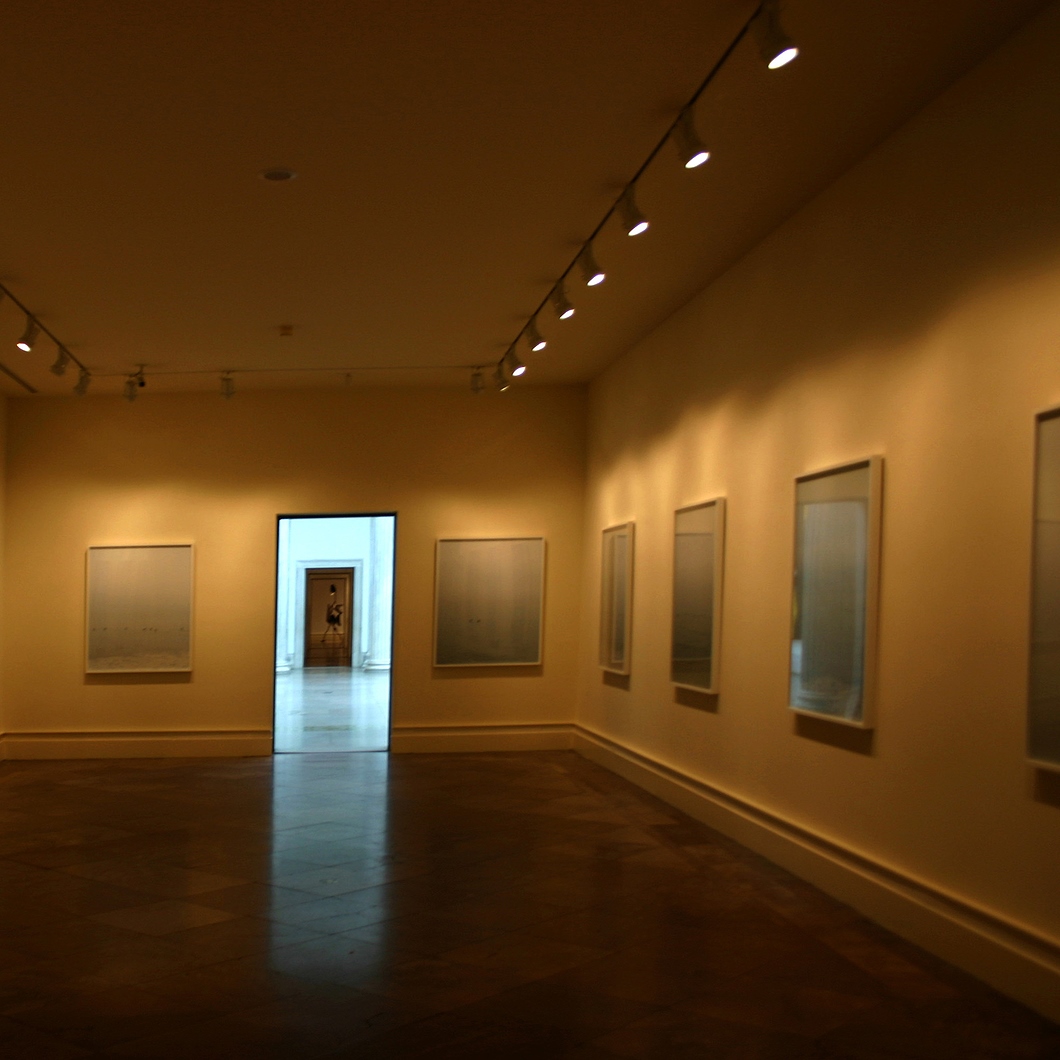Fine art management is a comprehensive process that includes many activities. As an art collector, you have to manage your collection’s condition, create detailed records and reports, oversee the items’ logistics if they travel to exhibitions and fairs, and do many more things. So, what can go wrong in this process, and which challenges should you anticipate? Here is a quick guide to the most common bottlenecks that art collectors and even professional art managers can face.
Fine Art Management Challenges: What Are They?
Here is the list of challenges that most art managers face sooner or later or have to deal with on a regular basis.
Art Pricing
The most challenging issue for many art owners and managers is to evaluate the fine art piece accurately. Art is a subjective form of human self-expression and creativity, so its price is never linked to the materials it’s made of. An oil canvas of similar dimensions and materials may cost $100 and $100,000, depending on the artist’s fame, the exclusivity of their work, and dozens of other parameters. Therefore, art valuation is a rare professional skill you should hone.
Cultural and Ethical Issues
Art is a form of personal expression, but it often reflects the artist’s broader concerns about socio-cultural, political, or environmental issues. Many artists have dedicated their entire careers to challenging the existing oppression in their countries or advocating for diversity and recognition of their aboriginal cultures and legacies. Therefore, an art manager should always be aware of these cultural nuances and curate collections and exhibitions with ethics and sensitivity.
Artistic Integrity vs. Commercial Priorities
Managers who work directly with artists need to find the middle ground between their unique creative approach and the existing market trends driving commercial demand for artwork. This way, art managers may help the artist sell their works and make their art a profitable business without losing their authentic voice and method.
Market Trends and Consumer Tastes
An art manager should continually navigate the fast pace of the art industry and stay informed about the changing consumer preferences and dominant trends. This way, they can make a collection relevant and demanded in the art market by reflecting its heartbeat and appealing to large audiences.
Take the Task of Managing Your Art Collection Seriously
Now that you know the complexities of fine art management, you are better positioned to take early measures. This way, you can streamline your art management activities and improve them in the long run, avoiding emergencies or unpleasant surprises.
